Seeking justice for missing and murdered Indigenous people
The number of missing and murdered Indigenous people in Wisconsin is unclear, and as families of victims seek solidarity, advocates seek funding for the state's MMIW Task Force to take on the problem.
By Erica Ayisi | Here & Now, ICT News
May 9, 2025

This report is in collaboration with our partners at ICT, formerly Indian Country Today.
Melissa Besom, a tribal woman from Lac Du Flambeau, was reported missing by her family on March 23 — she is one of many Indigenous people defined as missing in Wisconsin. On May 5, a rally for missing and murdered Indigenous people was held at the Wisconsin State Capitol to bring awareness to this growing concern happening to tribal communities as a state task force is trying to gather data to address the problem.
“I’m a relative of Katelyn Kelley, the Indigenous young woman that was stolen from us on June 19, 2021, and was tragically murdered,” said Glory Jean Kelly Walpoose, a member of the Menominee Nation.
Over 20 speakers gathered outside the Capitol on a day of remembrance for Wisconsin’s missing and murdered Indigenous people.
“Today we honor our relatives that are still out there missing. Today we honor our relatives that have been murdered,” said Rachel Fernandez, a rally organizer. “Today we stand together in solidarity, in unity — to bring justice, to bring awareness.”
The focus is awareness about the disproportionate number of missing and murdered Indigenous people from Wisconsin’s tribal nations.
“Rhys Pocan, who is my auntie,” said one speaker.
Family members said their loved ones’ names — a reminder to the public that their relative is not forgotten.
“My little brother Sean Grignon, was brutally murdered on the reservation, and also my nephew, Cory Grignon,” said a member of the Menominee Nation.
A symbol of a red handprint — printed on shirts, skirts and signs — signals that a member of the Indigenous community left home and never returned.
“I had a son murdered one year ago. These two boys, they were best friends. They died together and their killer’s still out there,” said another speaker at the rally.
A mother from Milwaukee, she grieved and called for justice.
“Monroe Weso and Alex Sanchez — we need justice,” said the mother. “We need justice.”
Missing and murdered Indigenous people is an increasing concern affecting all of Wisconsin’s Native tribes. Many of these cases go unsolved.
“Rae Elaine went missing when we were just 18 years old. She had a six-week-old baby,” said her cousin.
Stockbridge-Munsee Band of Mohican Indians President Shannon Holsey said addressing the issue of missing and murdered Indigenous people starts by dismantling erasure towards Native Americans and respecting tribal sovereignty.
“Accepting what sovereignty looks like, allowing tribal nations to exercise that sovereignty, and looking at cross-jurisdictional ways to share that data to make sure that we come together as collective people and understand that this is not an MMIR [missing and murdered Indigenous relatives] crisis, this is a humanitarian effort,” Holsey said.
In 2020, Wisconsin Attorney General Josh Kaul formed a state Missing and Murdered Indigenous Women Task Force to help address this effort.
According to the Bureau of Indian Affairs, there are over 4,000 unsolved cases across the country, but the exact number in Wisconsin is hard to track. The task force is due to release a report later in 2025 — and they say the data on missing and murdered Indigenous people in Wisconsin is missing.
“We lack resources, including just simple databases. Every other police officer in the state has access to an [National Crime Information Center] database where when a person goes missing,” explained Justine Rufus, chair of the state’s task force. “That will go throughout all the police forces. We don’t have access to that type of equipment. That’s very vital when our relatives go missing.”
She said the task force’s upcoming report includes a request for $3.5 million in funding from the state.
“For liaison positions,” noted Rufus as the purpose for this funding. “Why we decided that we needed to do that is because as a task force, we never anticipated families coming directly to us and needing our assistance when their relatives went missing, or for them to come to us if they wanted to look at cold cases.”
About 80% of Indigenous people live in urban areas — others live on reservations. Rufus said part of the task force’s action plans for the state are collaborative efforts between county and tribal jurisdictions.
“We really rely on our county partners to identify us correctly, and to get that data back to our tribal communities and that system just isn’t in place,” said Rufus. “That’s something that we are recommending.”
Stories of pain and loss at the rally were matched with support for healing.
“Rae Elaine Tourtillott was my cousin,” a speaker said.
“Mary C. Tomow,” shared another speaker.
“Kyle Stout, he was murdered,” another speaker said.
“Braxton Lee Phillips, you are never forgotten,” said yet another.
“We need to hear these stories,” Fernandez said. “These stories need to be told because we need justice, we need healing.”
This report is in collaboration with our partners at ICT.
Editor’s note: Nathan Denzin contributed to this report.
 Passport
Passport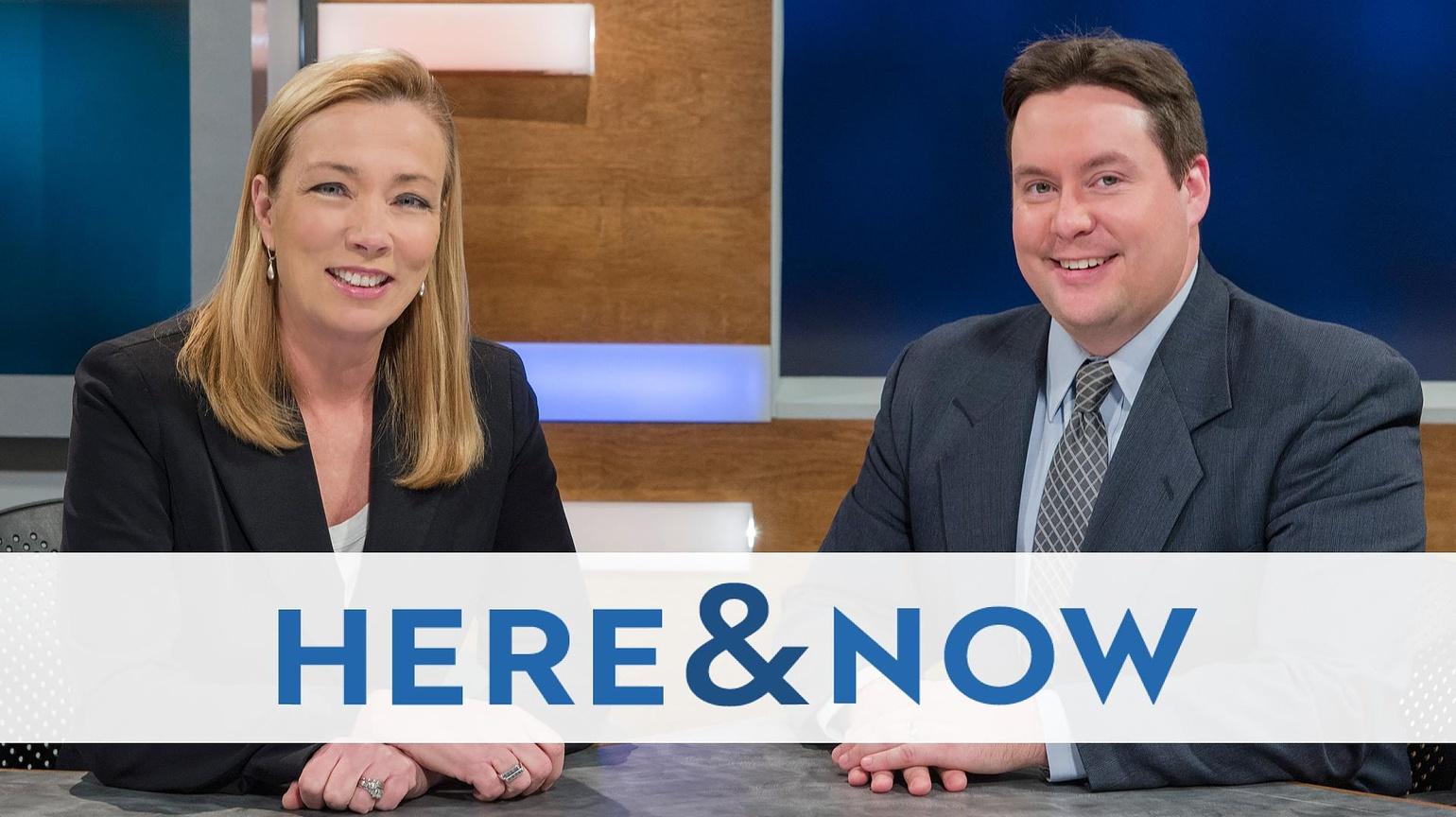
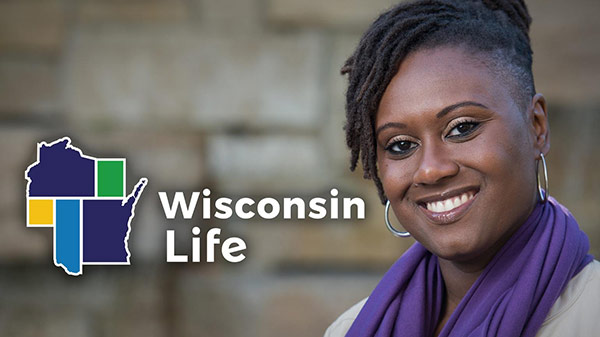
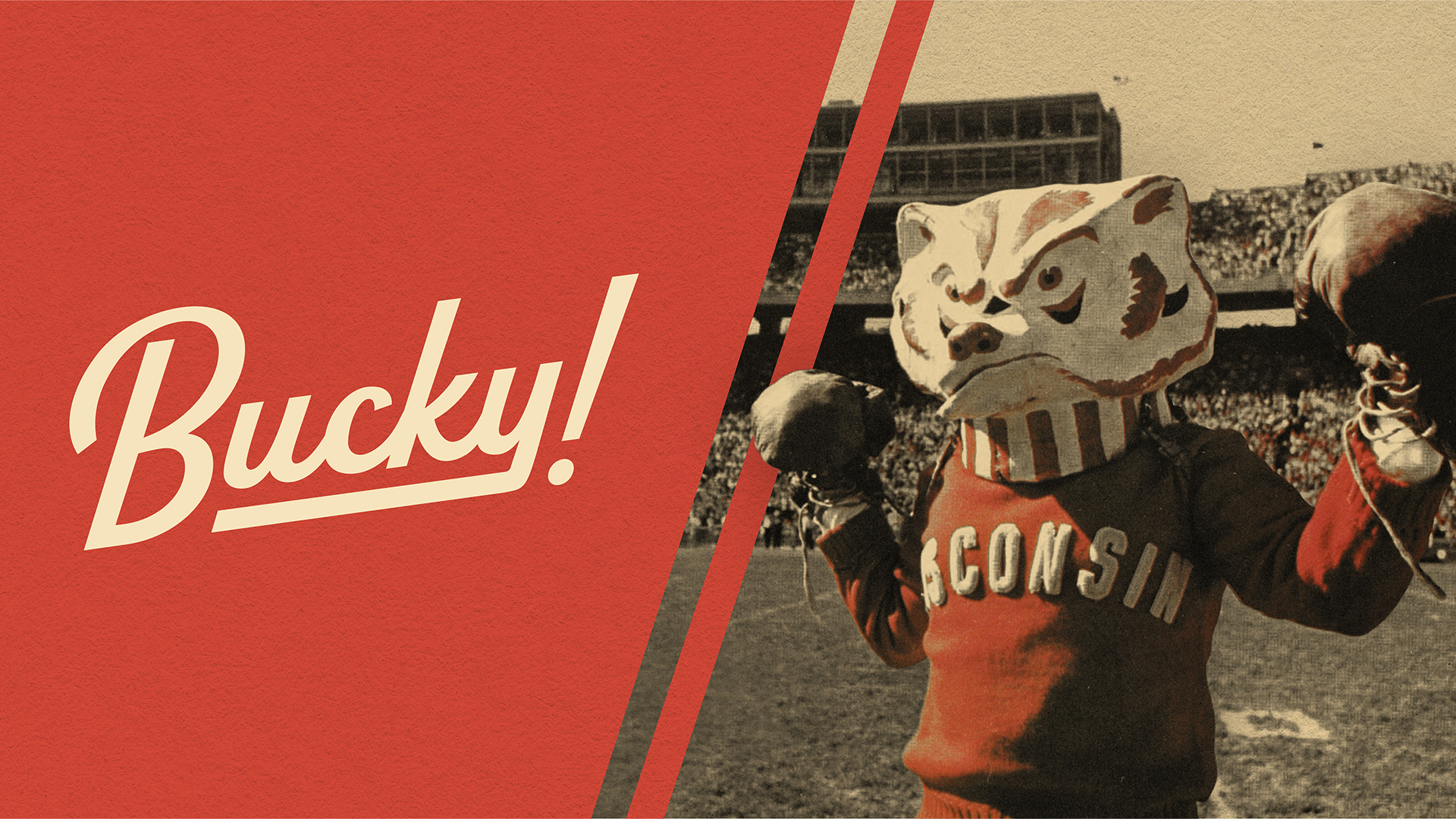
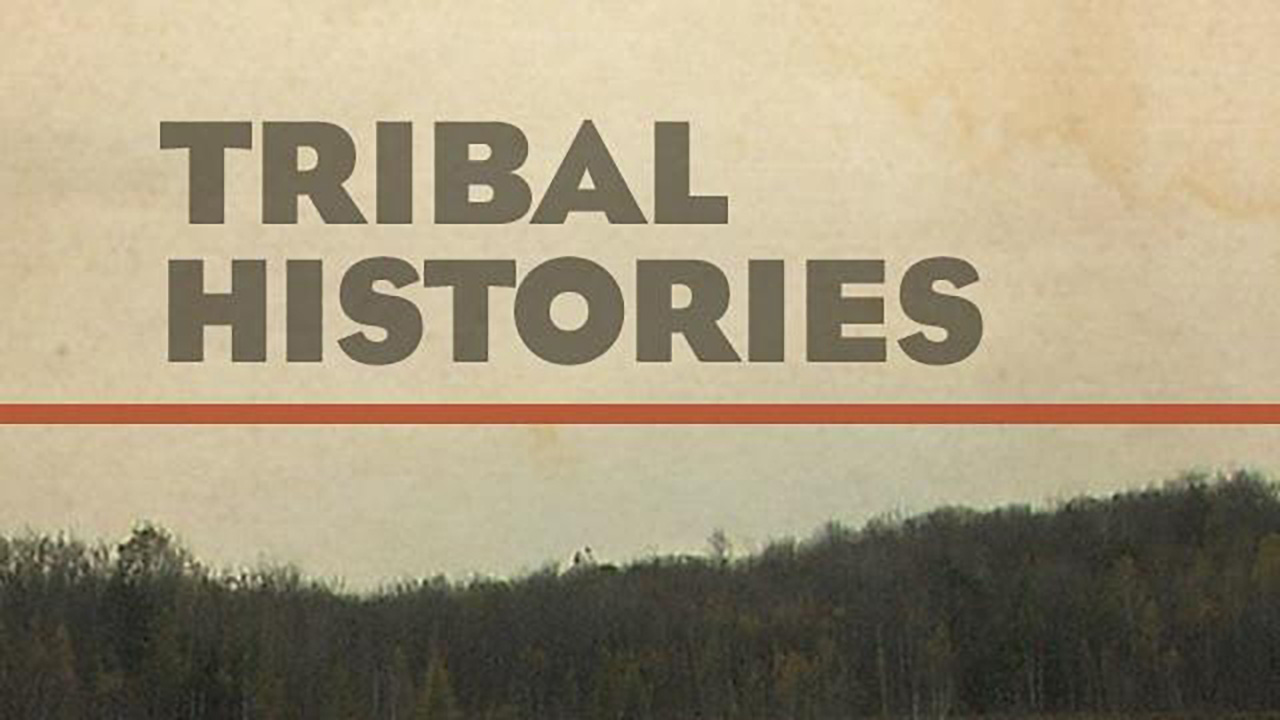

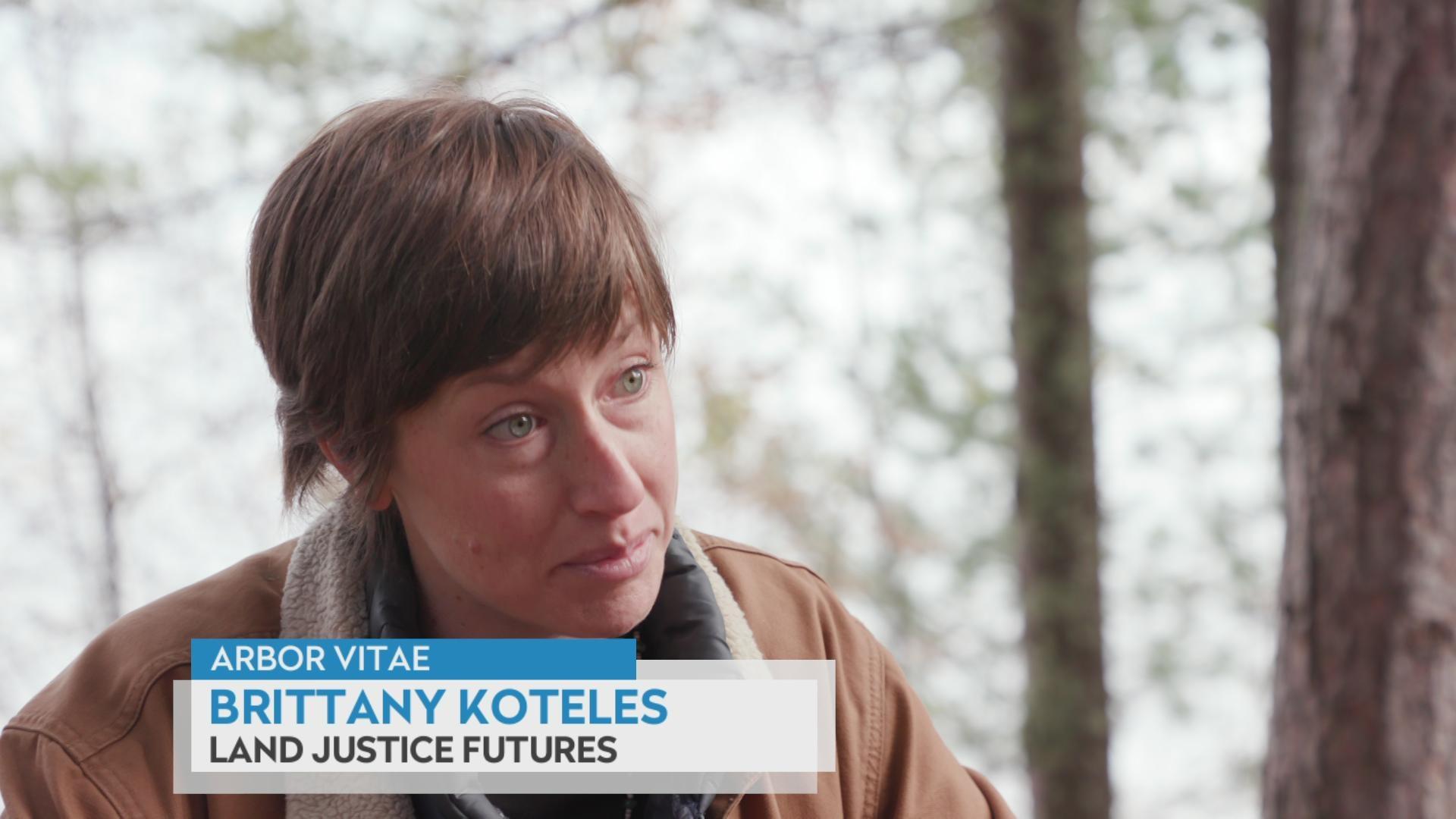
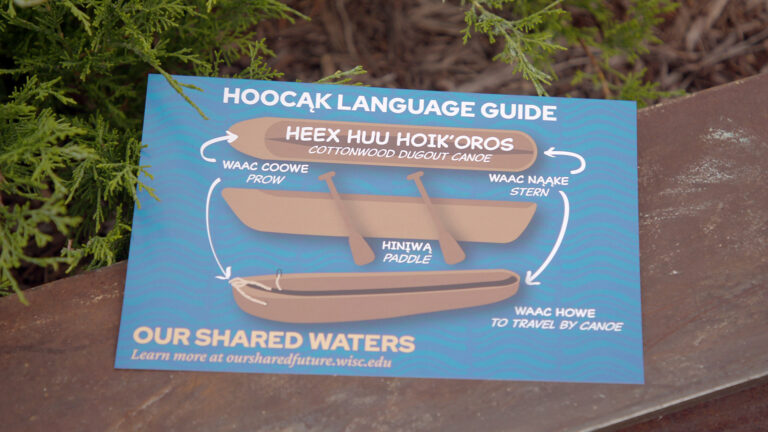
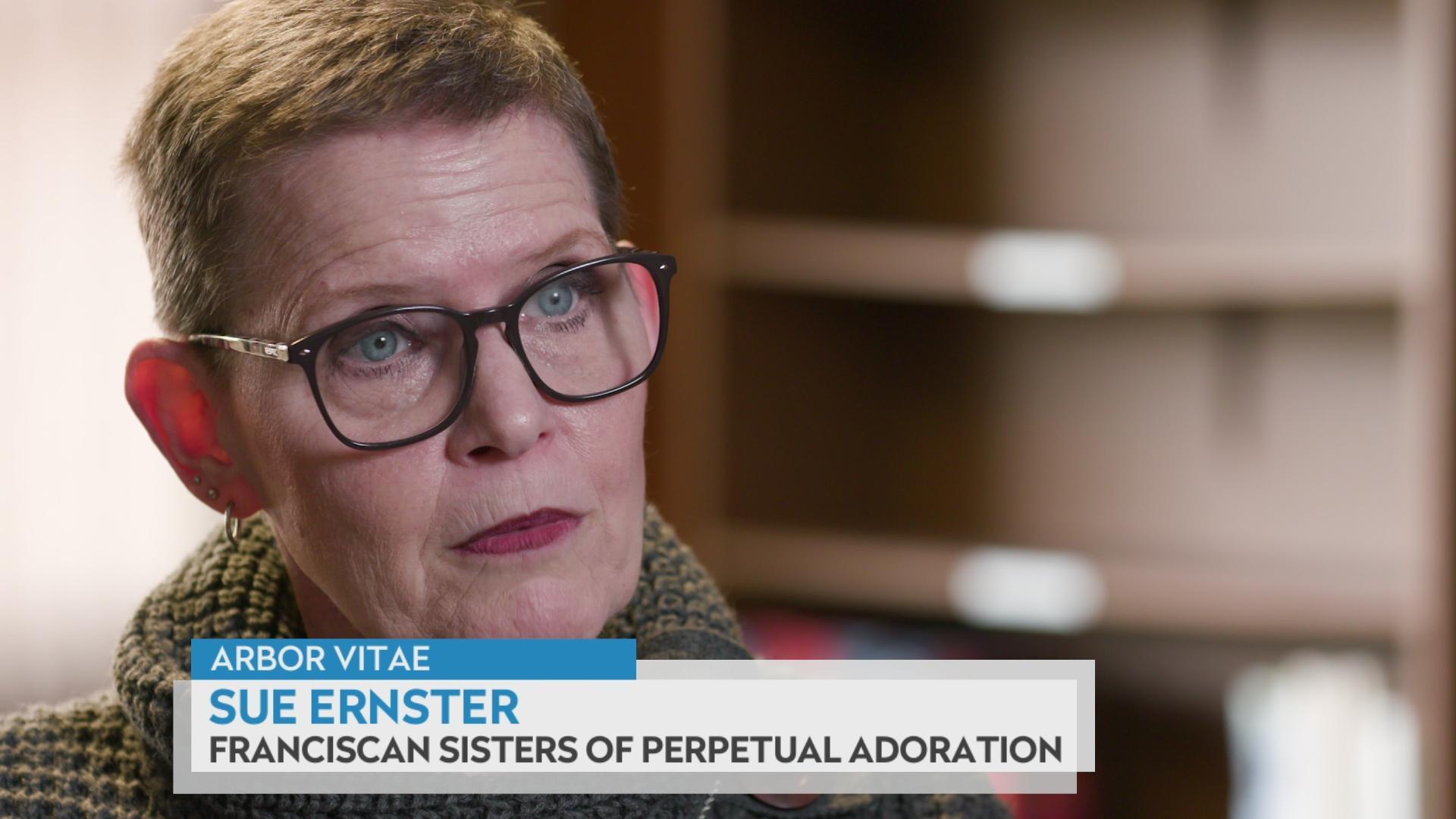
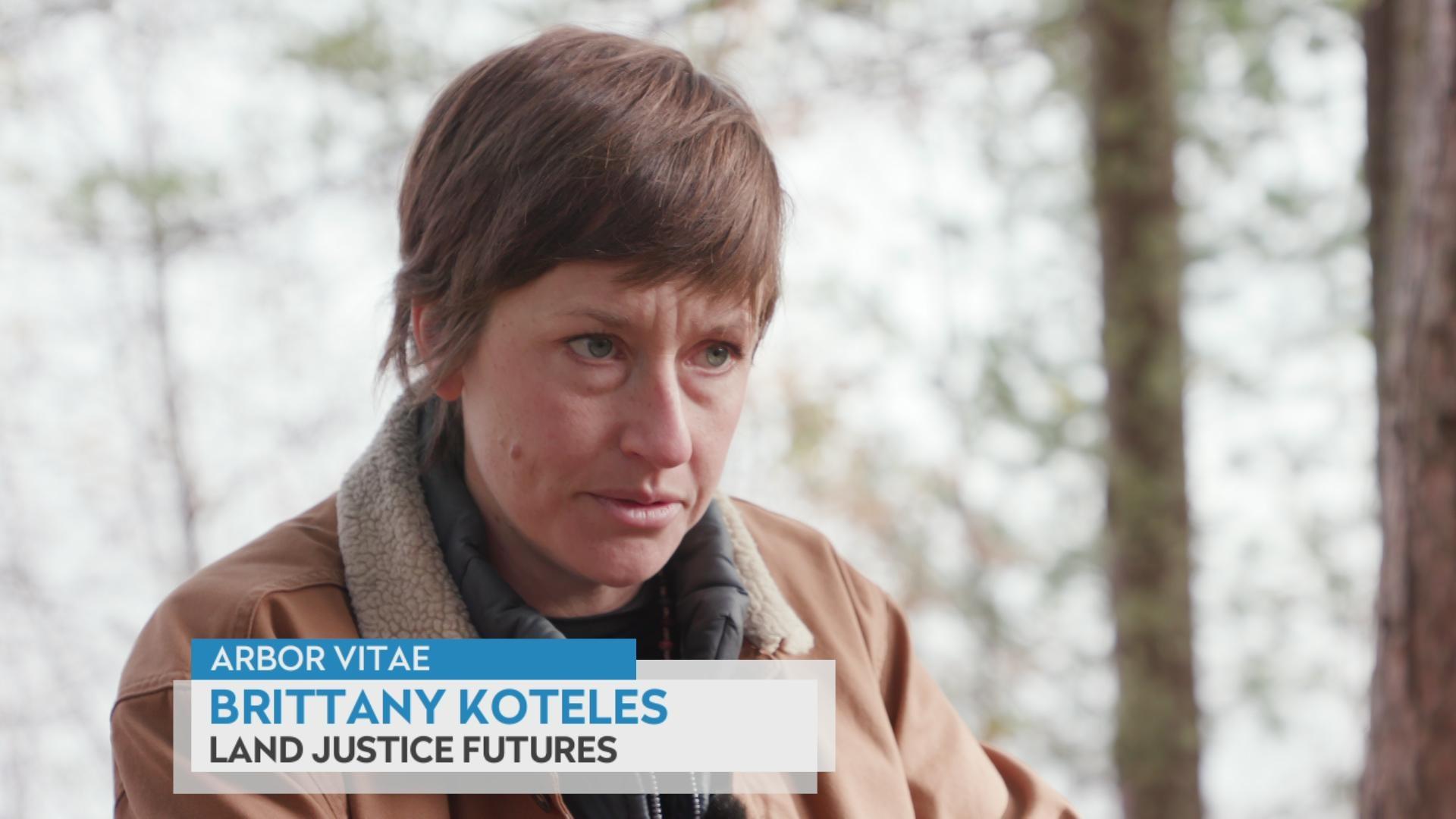

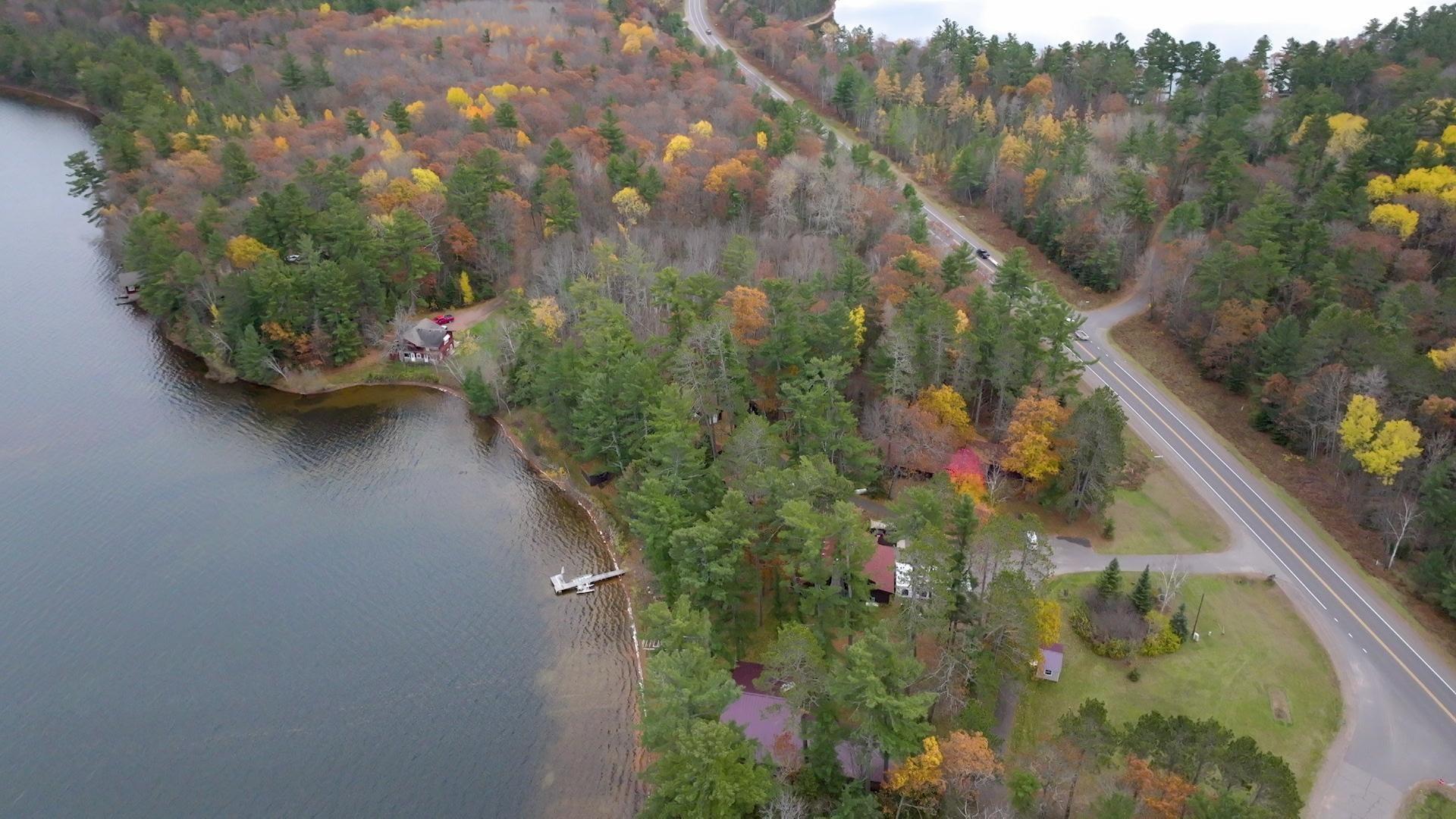

Follow Us